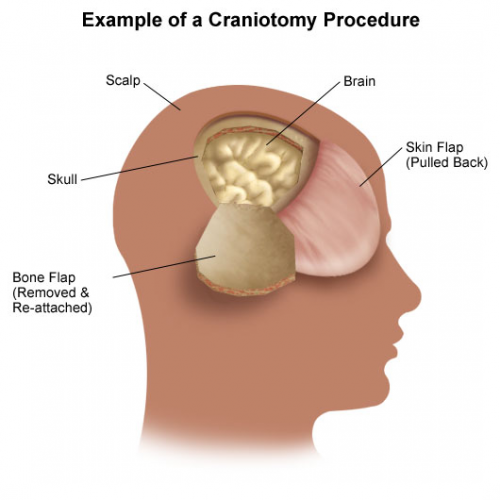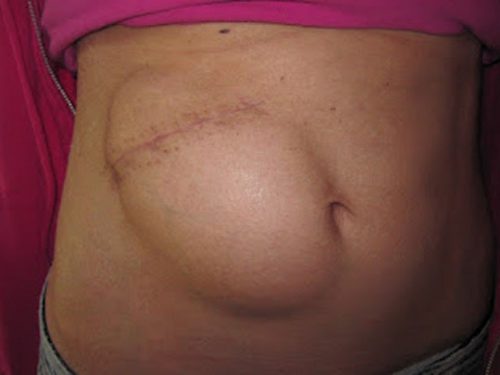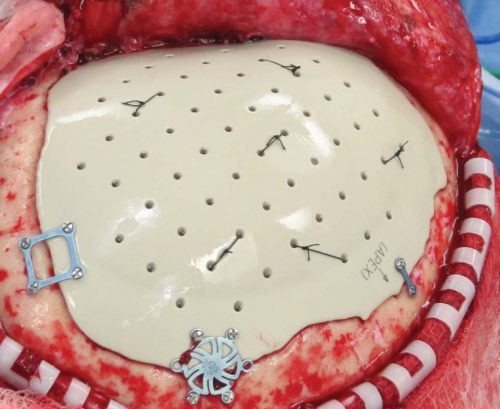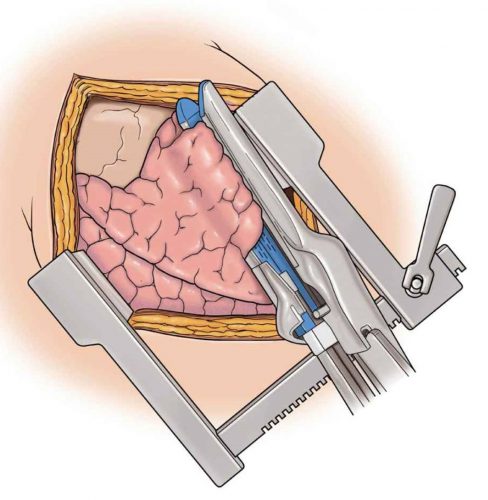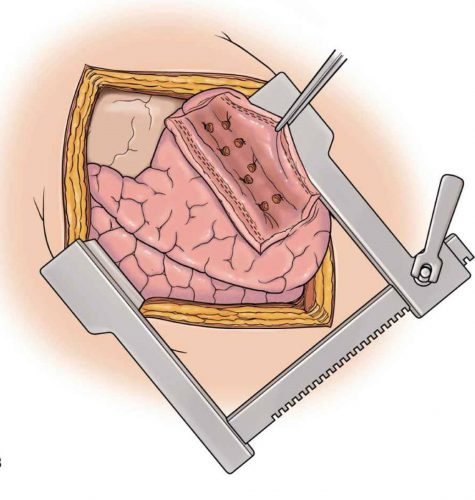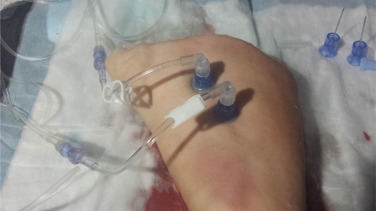The focus of this post is going to be a little different. I’ll be coming up out of the trenches of clinical care, and focusing on trauma systems for a bit. Specifically, I’m going to look at the density of high-level trauma centers in bigger cities. For my non-US readers, this paper is based on data from the States, but is most likely applicable in your countries as well.
Why look at trauma center distribution? More than 80% of the population lives in an urban area of the US. And over the next thirty years, that number will approach 90%. As more people move to the big cities, there are concentrations of homelessness, poverty, mental illness, and violence. This last factor is one of the reasons for trauma center existence, and their distribution is ostensibly one of the reasons to have a trauma system in the first place.
In theory, there should be an optimal number of trauma centers for a given population base. The American College of Surgeons (ACS) created a needs-based assessment tool to predict the optimal number of centers given the population size, trauma volume, EMS transport times, and more. If you are interested, you can download it here.
But has it been followed? Trauma leaders from some of the most established Level I centers in the country performed an analysis of the density of Level I and II centers in 15 of the largest cities in the US. They tried to test what social and economic conditions in an area determined the number of centers available in it, if any.
The cities were determined using information from 2015 census information. The trauma centers in each were identified from ACS or state system information.
Here are the factoids:
- 14 of 15 cities had multiple Level I or II centers
- There was a large variation of centers per geographic area covered, ranging from 1 per 150 km sq (Philadelphia) to 1 per 596 km sq (San Antonio)
- Population density (the population divided by the number of trauma centers) varied from 1:285,000 people in Columbus to 1:870,000 in San Francisco
- The median minimum distance between centers was 8 km, and varied from 1 km in Houston to 43 km in San Antonio
- Poverty and unemployment rates were highly correlated to violence rates
- There was no correlation with trauma center density and social determinants of health or violence rates
Bottom line: What does all this mean? It appears that the number and geographic distribution of trauma centers in larger cities has nothing to do with need as measured by the social and economic conditions of the area. More likely, it is related to financial considerations. Trauma center closures in urban areas have disproportionately occurred in the lowest income areas. And it is less likely that new centers will open in these areas.
Obviously, hospitals need to make money to survive. Insurance coverage has become more available to people with lower incomes over the past 10 years. Unfortunately, the reimbursement rates for hospital stays continue to decline slowly. This combination makes it more difficult for a hospital to eke out an existence in one of these areas.
What can be done? Unfortunately, this is one of those many-headed hydra type issues. There are so many competing interests, and the people affected have little representation in the process. Our trauma systems should play a larger part in this, as they are supposed to have some say over the structure and distribution of their centers. Unfortunately, many of them do not have the financial support or the political wherewithal to do this.
Ultimately, I believe that we are working for something that should be considered a common good. Which means that it is up to state and ultimately the federal government to work with all the stakeholders to better control the distribution of this valuable resource. Which means that it is up to the trauma center administrators and trauma leaders to make sure the call is heard by their government leaders who can make things happen.
This is likely to remain a sticky problem during the age of COVID. Resources are needed for more pressing matters right now. But when the time comes, all trauma professionals need to speak up and help work this problem. Get involved with your regional trauma advisory committee. Make sure your state trauma advisory council makes it a priority. And don’t shy away from letting your legislators know about the problem. Otherwise, they will remain blithely unaware and our patients may continue to suffer.
Reference: Describing the density of high-level trauma centers in
the 15 largest US cities. Trauma Surgery & Acute Care Open 2020;5:e000562.
